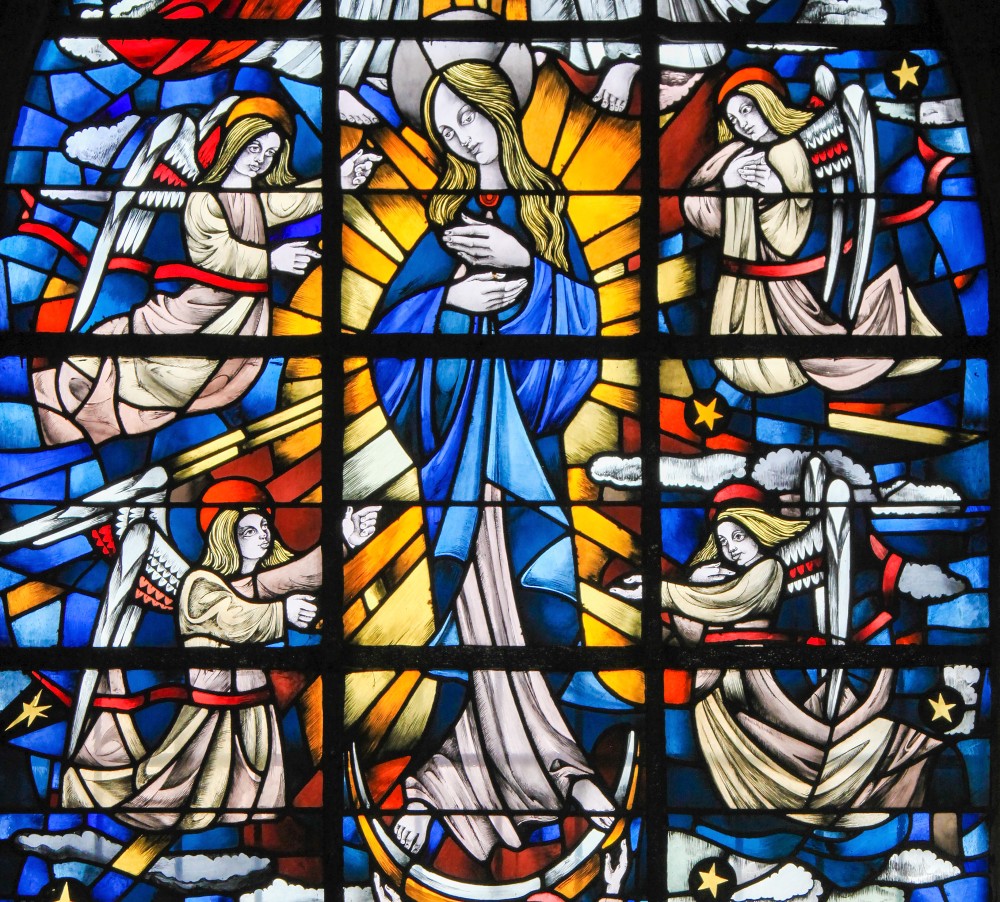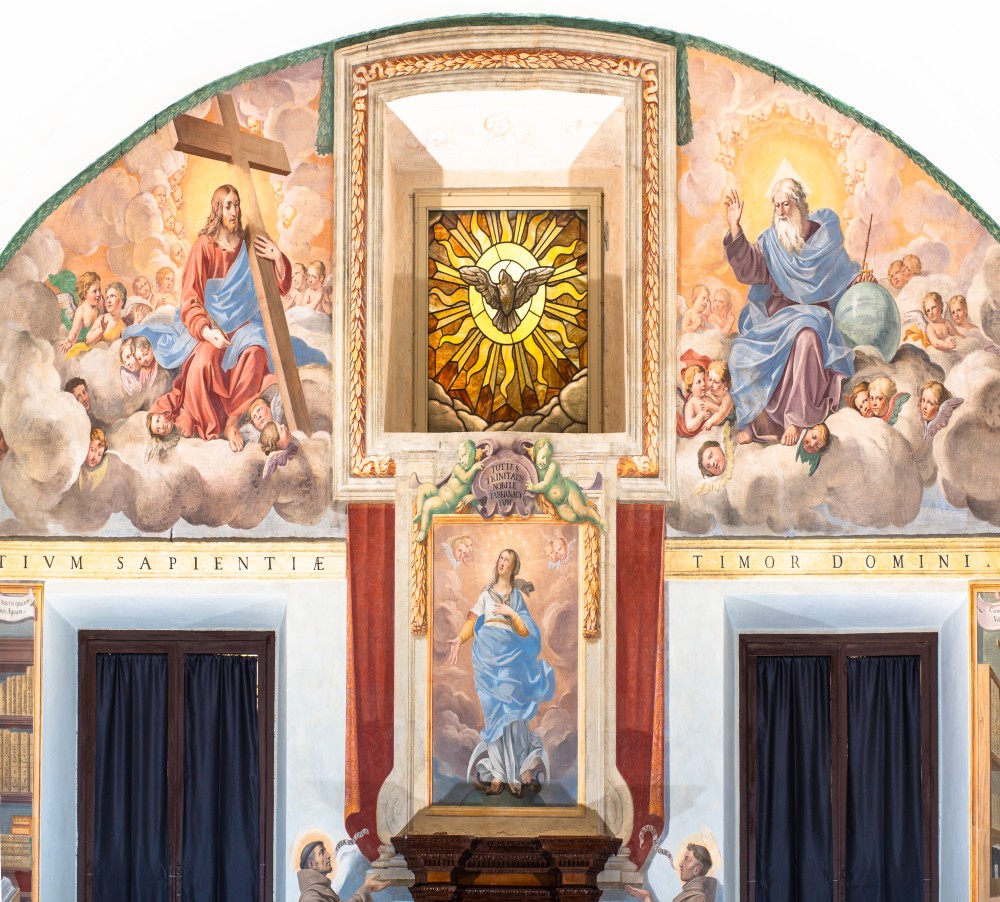
WASHINGTON — Although the Catholic Church has been celebrating the feast of the Immaculate Conception on Dec. 8 as a dogma for almost 170 years, and its tradition goes back much further in Church history, it turns out there is still confusion over what the solemnity is about.
Many Catholics think the feast, which is a holy day of obligation, is about the conception of Christ, but the day is really about Mary being conceived without sin.
Father Nile Gross, director of the Office of Worship for the Archdiocese of New Orleans described the feast day as one of the church’s “most important, yet misunderstood, solemnities.”
Its true meaning is spelled out in the proclamation by Pope Pius IX on Dec. 8, 1854, when he said that Mary, “from the first instant of her conception, by a singular privilege and grace granted by God,” was “exempt from all stain of original sin.”
It also added: “Mary possessed sanctifying grace from the first instant of her existence and was free from the lack of grace caused by the original sin at the beginning of human history.”
And because she was preserved from sin, Mary should “firmly and constantly be believed by all the faithful,” the proclamation said.
This dogma built on what had already been established by previous popes and Church councils and reflected the feedback from discussion on this topic with bishops around the world.
The feast day had initially been approved in 1476 by Pope Sixtus IV for dioceses that wished to celebrate it, and hundreds of years later, in 1708, the feast was extended to the universal Church by Pope Clement XI who also made it a holy day of obligation.
But the day’s significance goes back so much further. The first celebration of this feast, called the feast of the Conception of the Most Holy and All Pure Mother of God, was celebrated Dec. 8 in Syria as early as the 5th century. By the 7th century, the feast was called the Conception of St. Anne, referring to Mary’s mother.
In the 11th century, Eastern Orthodox icons of Mary described her as “all immaculate.”
Background on the feast day from the Marian Library at the University of Dayton notes that the doctrine of Mary’s Immaculate Conception is not directly from Scripture but based on reflection of this question for centuries and the consideration of biblical text that relate to the topic.
For example, the angel who greeted Mary in the Gospel of Luke referred to her as “highly favored” or “full of grace.”
In the United States, the feast of the Immaculate Conception holds special significance because the U.S. bishops at their provincial council in Baltimore in 1846, less than a decade before the dogma on the Immaculate Conception was declared, proclaimed that Mary, under the title of her Immaculate Conception, was the principal patroness of this country.
When this request was granted in 1847, the bishops wanted to establish a “patronal church” in Washington to honor Mary and laid the plans for building the Basilica of the National Shrine of the Immaculate Conception in Washington dedicated to Mary as the patroness of the United States.

The basilica, the largest Catholic church in North America and one of the 10 largest churches in the world, has more than 80 chapels and oratories honoring Mary and representing peoples from every corner of the globe.
On the basilica’s website, Msgr. Walter Rossi, the rector, answers questions about the feast of the Immaculate Conception.
He said the doctrine of the Immaculate Conception places Mary before the Church “as an example of what God can do and what we can do, if like Mary, we put ourselves in God’s hands and at God’s service, always open to what God asks and always seeking to fulfill God’s will.”
He also said the feast day encourages Catholics to “do our best to remain free from sin.
“The Immaculate Conception reminds us that if we cooperate with God’s grace, as did the Blessed Virgin Mary, we can lead a life as free from sin as is humanly possible,” he added.
Another reflection on the feast of the Immaculate Conception by Archbishop Daniel Pilarczyk, former archbishop of Cincinnati who died in 2020, said: “The original sin from which Mary was preserved is the original sin from which we, too, have been freed. The grace of Christ that was hers is the same grace of Christ that is ours.”
In a homily at Mount St. Mary’s Seminary in Cincinnati, he pointed out that the feast day serves “as a reminder of the need for redemption to a world that was smug and self-sufficient,” adding that the lesson of the day’s observance is that “we need Mary Immaculate in our lives in order to remember who Christ is and who we are ourselves.”
